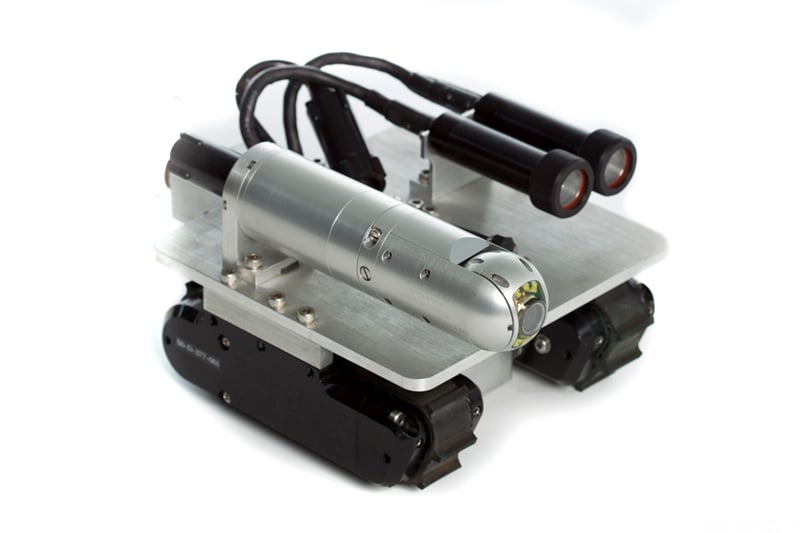Inspection Robots 101: An Industrial Sector Guide

The world of inspection within industry as a whole has undergone an automated revolution within the past decade. Robots are now commonplace, simplifying tasks that previously presented issues, such as high costs, extended downtime and risk to human safety.
As technology has advanced, so too has the efficiency of inspection robots and their affordability. Many use artificial intelligence (AI) systems that allow them to navigate autonomously (or semi-autonomously) and equip them with the tech that means they can identify defects.
The advantages of these tools are many, including:
- Faster inspections
- Shorter downtime
- Higher accuracy
- Increased safety for the human workforce
- Reduced inspection costs
- Can inspect places humans can’t get to
An Overview of Commonly-Used Inspection Technology
Many different robotic technologies are used to overcome inspection challenges. The nature of inspection often requires the bespoke design of a robot to adequately survey an asset. However, there are also many ‘off-the-rack’ solutions available that are customisable to an extent.
The following looks at some of the technologies in use today.
- Drones/Unmanned Arial Vehicles: UAVs are becoming commonplace, with technology allowing for several different sensors and cameras to be fitted. These are useful for both external inspection at height and, thanks to ever-evolving technology, internal spaces. Some UAVs come with integral cages to protect them when flying inside an asset and ever-advancing software that allows for easy navigation and mapping of defects within a confined space.
- Remote Inspection Robots: Used to carry out inspections from a distance, meaning the human operator needn’t be anywhere near the task at hand. Commonly used in remote locations or where human entry isn’t desirable or possible. They are usually semi-autonomous, but technology is fast moving towards truly autonomous models.
- Magnetic Wheeled Robots: As the name suggests, these have strongly magnetised wheels to allow them to travel across metal assets. They’re commonly used to inspect pipelines and other areas with long platforms. They can climb vertically, manoeuvre over obstructions and have a wide variety of inspection equipment fitted to them.
- Robotic Manipulation System: This is a stationary robot that is fitted with tools that can be manoeuvred into complex or tight spaces. Often used in conjunction with a remote inspection robot that places it in the correct location.
- Scanning System: These are fitted to another type of robot – for instance, a remote inspection or magnetic wheeled model – and can perform a wide variety of different scans. Examples include, eddy current, magnetic particle testing, ultrasonic, phased array and more.
Robots are now commonly used for inspection tasks in many industries. As technology becomes more affordable and efficient, the historical drawbacks of cost and poor versatility are being outweighed by the advantages they bring.
The automated revolution is already upon us, with inspection bots streamlining tasks in virtually every industry. From mining to oil & gas, manufacturing to infrastructure, maintenance and repair is becoming a shared duty between humans and robots.
Will they take over inspection and repair duties completely at some point? That remains to be seen. The key takeaway for maintenance teams is to realise is that now is the time to embrace robotic solutions, train their workers and integrate them into inspection systems now – or face being left behind as technology advances.
Contact us to find out more about Inspection Robots or any of our other custom solutions, or request a quote online.
Carry on reading Is Proactive NDT Inspection the Key to Great Asset Management? to find out more.
